I am working on counting colonies. After the great deal of effort, I can finally get the binary images. But I have no idea about how to split the overlapped ellipses.
Here are the original images

and binary images

Hope to get the tips from experienced. Thank you.